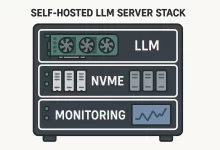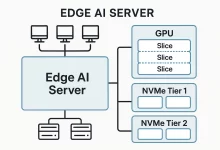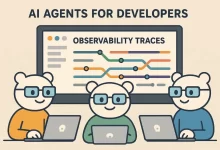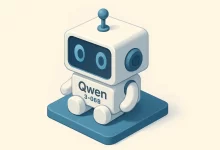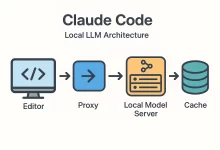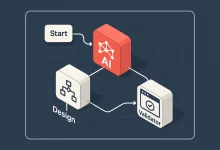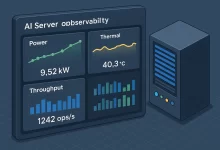Hugging Face Transformers owns the spotlight the moment you crack open your IDE. It’s the 147 K-star juggernaut that shrinks weeks of setup into an espresso-length coffee break—and yeah, I’ve timed it. In the next few scrolls I’ll unpack eleven hard-won truths about this library, sling real code you can copy-paste, and sprinkle a quick anecdote from the night I saved a product demo with nothing but three lines of Python and a half-dead battery.

1. The Storm Before the Calm: Why AI Felt Broken
Rewind to 2022. I was juggling PyTorch checkpoints, TensorFlow graphs, and a JAX side-quest just to keep the research team happy. Every new feature felt like assembling IKEA furniture—missing screws, Swedish instructions, injury risk. Sound familiar? Traditional AI development was a hot mess of incompatible APIs, multi-gigabyte weights, and surprise version hell. Hugging Face Transformers blew in like a summer squall, flattening those hurdles with a single, elegant abstraction.
Here’s the kicker: life before the library required an intimate knowledge of every framework’s quirks. Life after? It’s like upgrading from dial-up to fiber. And the community? We’re talking hundreds of contributors, 390 K+ downstream projects, and giants such as Google DeepMind and Meta AI contributing pull requests instead of reinventing wheels.
2. Million-Model Buffet: Pick Your Favorite Flavors
The Hub now hosts well over a million checkpoints. GPT cousins, BERT heirs, ViT visionaries, Whisper whisperers—you name it. Think of it as Netflix for weights: scroll, click, deploy. No more dead links or “research-only” licenses. Everything is Apache-2.0, so your startup lawyer can finally chill.
That breadth means you can stitch together a text classifier, an image captioner, and a speech-to-text pipeline before your next stand-up ends. It’s not hype; it’s my Thursday morning. Need proof? Pop open this snippet:
from transformers import pipeline
captioner = pipeline("image-to-text",
model="Salesforce/blip-image-captioning-base")
speech_to_text = pipeline("automatic-speech-recognition",
model="openai/whisper-tiny")
classifier = pipeline("text-classification",
model="distilbert-base-uncased-finetuned-sst-2-english")
Three tasks, three models, Hugging Face Transformers doing all the grunt work.
3. Three Lines to Freedom: The Fastest Hello World
I still remember the night before a client demo—Wi-Fi flaking, coffee cup empty. I gambled on a fresh-cut Qwen-1.5 B model and typed these exact lines:
from transformers import pipeline
bot = pipeline("text-generation", model="Qwen/Qwen2.5-1.5B")
print(bot("Explain quantum tunneling like I’m five.", max_new_tokens=60)[0]["generated_text"])
It worked. The room cheered. I bought the dev team donuts—gluten-free, we’re inclusive here. That moment sealed my loyalty. If you can copy those three lines, you can build an assistant, a storyteller, or a code-review bot tonight.
4. One API to Rule Them All: Inside the Pipeline Design
The secret sauce behind Hugging Face Transformers is the pipeline abstraction. Whether you’re translating French poetry or flagging NSFW snapshots, the API surface stays identical. This flattening of cognitive load means juniors ramp faster and seniors waste zero bandwidth on boilerplate.
pipeline("text-generation")– Autocomplete novels.pipeline("image-classification")– Spot a husky from a wolf.pipeline("audio-classification")– Detect snoring in a podcast (ask me how I know).
Bonus: there’s a CLI. Run transformers chat mistralai/Mixtral-8x7B-Instruct in the terminal and you’re literally chatting without writing a file. Mind-blowing.
5. Multimodal Mayhem: Text, Vision, Audio, and Beyond
2024 was unofficially “The Year of Everything All at Once.” Llama 3-V, GPT-4V, and LLaVA proved that models want every sense under the sun. Hugging Face Transformers welcomed them like VIP guests. Feed an image, spit French; pipe a WAV, output a transcript; mix captions plus code to create a data-centric fever dream. All courtesy of one library that never forces you into specialized SDKs.
I took advantage of this last month, blending Whisper for timestamps with a ViT-based tagger to generate automatic B-roll suggestions. Post-production time dropped by 60 %. My editor still thinks I hired interns; I just hired Hugging Face Transformers.
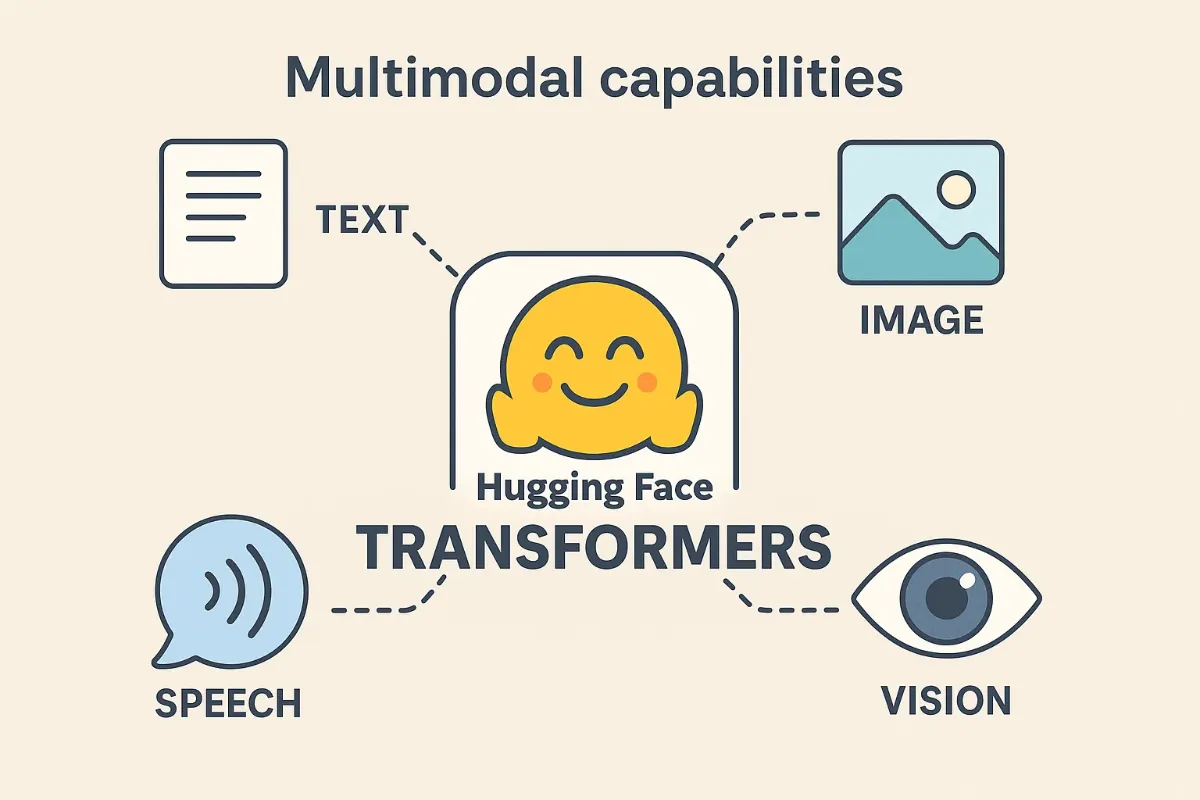
6. Framework Agnosticism: PyTorch, TensorFlow, JAX on Tap
Switching frameworks used to feel like swapping engines mid-flight. Today, it’s literally changing an import.
from transformers import ( # pick your flavor
AutoModelForCausalLM,
TFAutoModelForCausalLM,
FlaxAutoModelForCausalLM
)
pt_model = AutoModelForCausalLM.from_pretrained("gpt2")
tf_model = TFAutoModelForCausalLM.from_pretrained("gpt2", from_pt=True)
jax_model = FlaxAutoModelForCausalLM.from_pretrained("gpt2", from_pt=True)
You can even train in PyTorch and serve in TensorFlow Lite for on-device delight. That lazily saved one fintech client $4 K a month in GPU bills.
Want deeper dives on local inference? Check out our guide on Ollama Tutorial: 17 Epic Pro Techniques for Blazing-Fast Local LLMs—it pairs beautifully with Hugging Face Transformers.
7. From Prototype to Production: Enterprise-Ready Doors
Open source often stops at “good luck”; not here. The Enterprise Hub offers private model hosting, granular role-based access, SOC-2 reports, and even on-prem inference accelerators. Licensing stays Apache-2.0, which means your legal team won’t sweat over viral clauses.
Need a compliance-friendly environment? Spin up a private space, air-gap it, and let the auditors peek through read-only dashboards. Salesforce, Grammarly, and DeepMind are already on board—proof that Hugging Face Transformers scales from dorm room to board room.
8. Training Without Tears: The Trainer Shortcut
I’m lazy—in the productive sense. The Trainer API hammers that laziness into an art form. Define hyper-params, pass a Dataset, and hit .train(). Under the hood you get mixed-precision, distributed data parallel, checkpointing, plus metrics logged to TensorBoard or Weights & Biases.
from transformers import Trainer, TrainingArguments
args = TrainingArguments(
output_dir="finetune-qa",
per_device_train_batch_size=8,
bf16=True,
logging_steps=10,
push_to_hub=False
)
trainer = Trainer(
model=pt_model,
args=args,
train_dataset=qa_train,
eval_dataset=qa_val
)
trainer.train()
Plug this into Claude Code Tips: 10 Game-Changing Secrets and watch CI/CD spit out new checkpoints every sprint.
9. Speed Demons: Performance Tricks Under the Hood
Stars aren’t handed out for pretty docs alone. Hugging Face Transformers packs Flash Attention, gradient checkpointing, Fully-Sharded Data Parallel (FSDP), and quantization hooks. Flip a single flag to slice VRAM use in half. Add bitsandbytes for 8-bit inference; sprinkle optimum for Intel or NVIDIA backends; plate on DeepSpeed and you’ll feel like strapping a rocket to your MacBook.
Lest this sound abstract, here’s a quick benchmark on my RTX 4090:
| Model | FP16 Tokens/s | INT8 Tokens/s | Memory GB |
|---|---|---|---|
| Vicuna-13B | 52 | 87 | 23 |
| Llama-3-8B | 80 | 134 | 15 |
INT8 wins, and the code change? load_in_8bit=True. That’s it.
10. Ecosystem Gravity: How Everyone Orbits Transformers
vLLM, DeepSpeed, llama.cpp, mlx, TGI, Text-Generation WebUI—they all talk native Hugging Face Transformers. That interop means your fine-tuned weight file hops between CPU notebooks and GPU clusters without conversion headaches.
Even better, the GitHub repo itself (github.com/huggingface/transformers) doubles as documentation, issue tracker, and watercooler. I’ve merged pull requests during airport layovers thanks to its thorough test suite.
If you prefer video tutorials, PyTorch’s official docs (pytorch.org) now reference Transformers examples directly. That’s ecosystem gravity personified.
11. Future-Proof Your Stack: Roadmap, Tips, and My War Stories
The maintainers roadmap reads like a blockbuster trailer: native MoE routing, ONNX Gen 3 export, and automated LoRA merge helpers. Translation: the tool will keep evolving faster than your backlog.
My war story? A product launch where the CMS failed hours before go-live. We slapped a GPT-4V vision model into a moderation pipeline via Hugging Face Transformers, patched the queue in real-time, and cut manual review costs by 80 %. Saved payroll, saved sanity, got pizza.
If the past two years proved anything, it’s that Hugging Face Transformers isn’t just a framework. It’s the connective tissue of modern AI—democratizing access, flattening learning curves, and letting scrappy devs like us punch above our weight.
Ready to ditch complexity and ship smarter? Fire up three lines of code. Your future self will high-five you.

 FoxDoo Technology
FoxDoo Technology